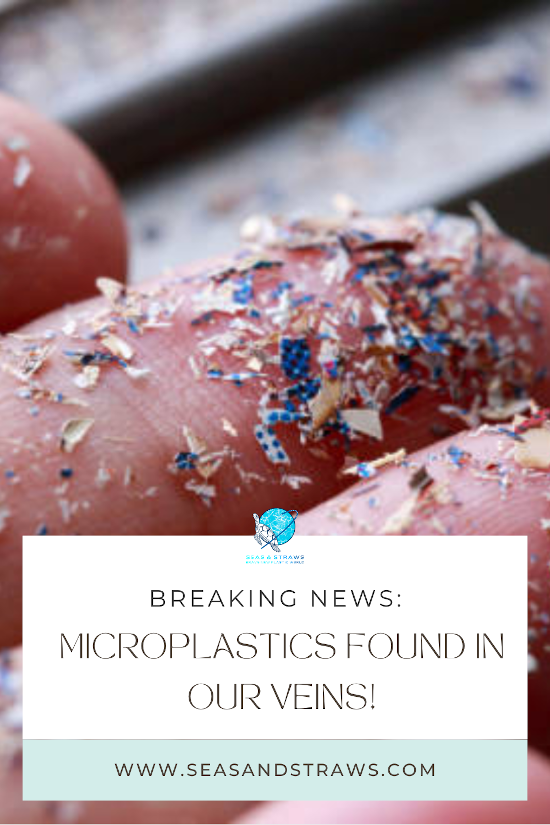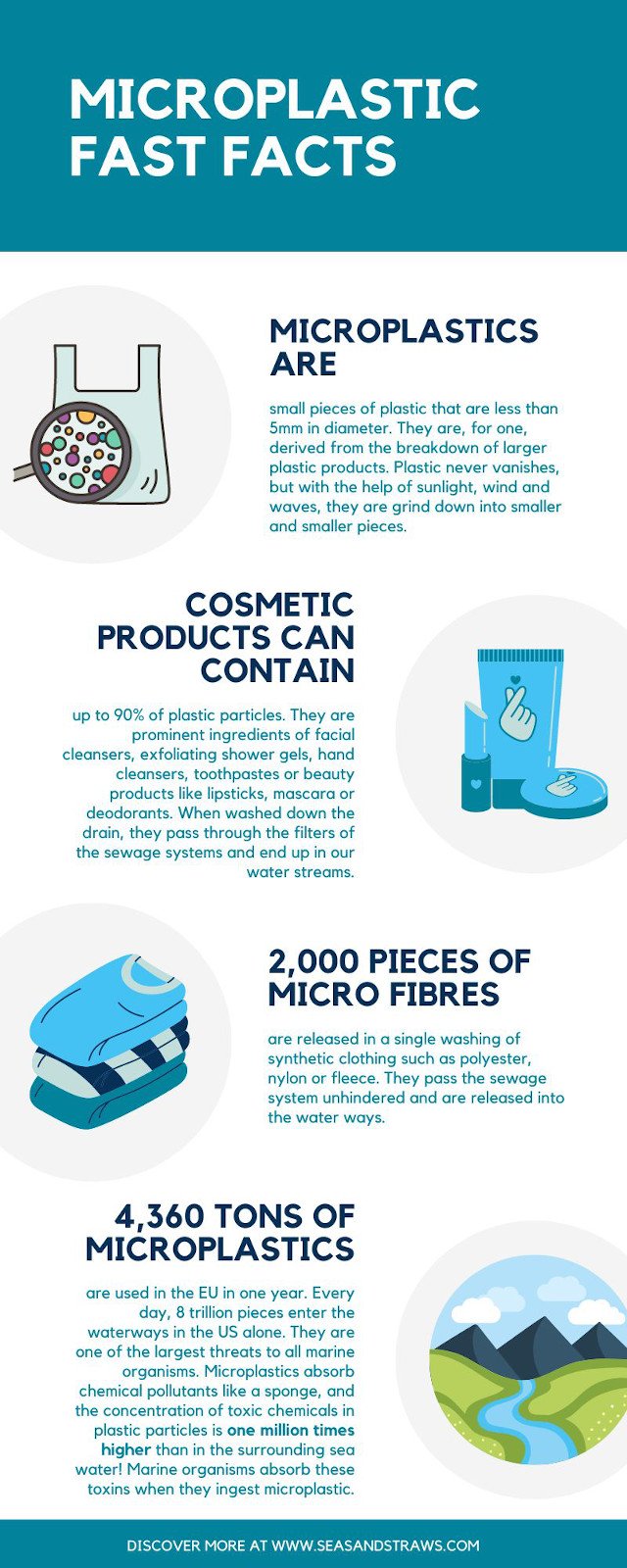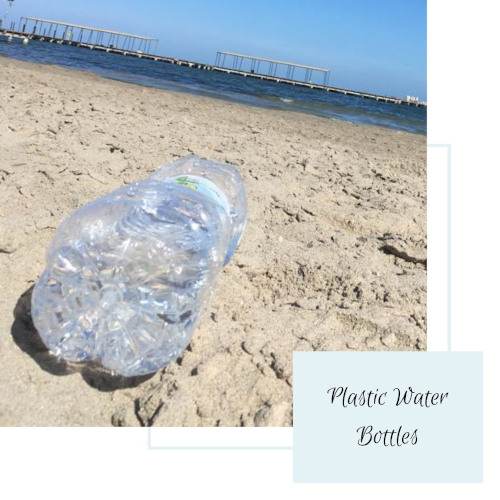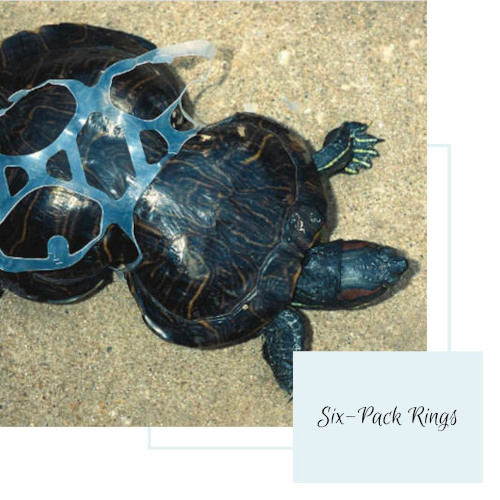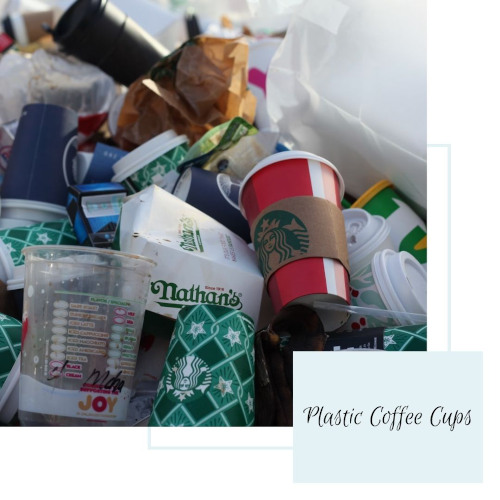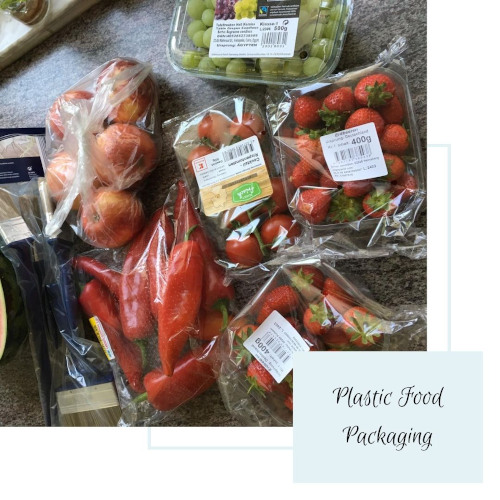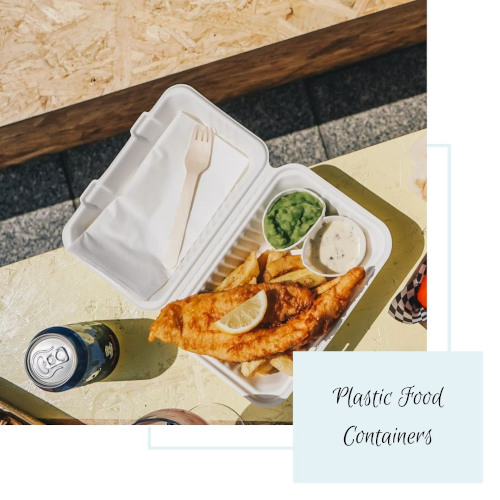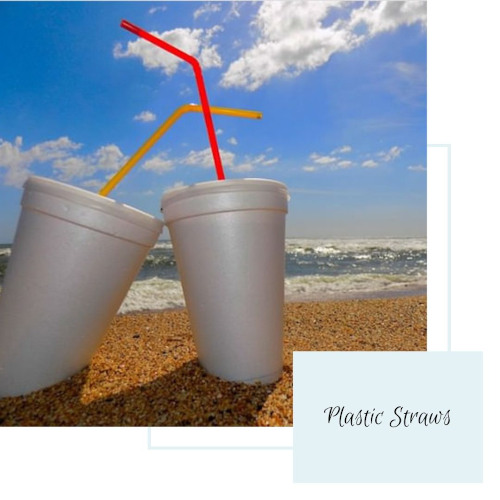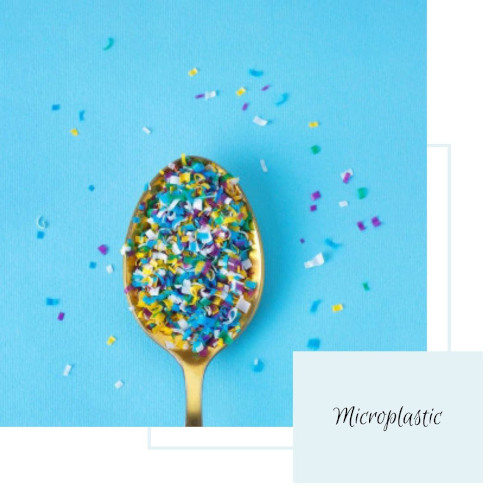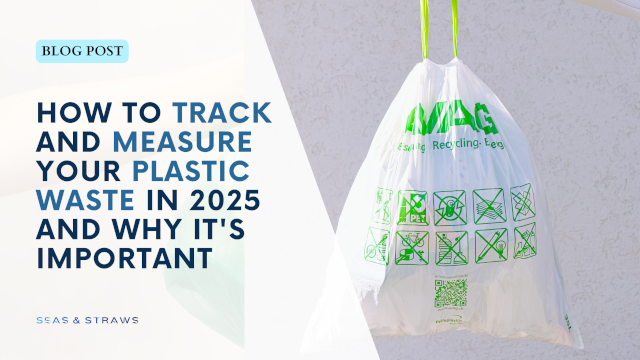- Home
- Plastic at Home
- Microplastic
- Breaking News: Microplastics Found in Our Veins
Breaking News: Microplastics Found in Our Veins
According to a recent study by the University of Hull, we have got quite a couple of things in our veins - blood, cells and now … microplastics! That's right, for the first time ever, we have evidence of tiny plastic particles floating in our veins - and it's a huge deal.
You see, microplastics are plastic particles less than 5 millimeters in size and they're everywhere. They're in the ocean, rivers, and even the air we breathe. If you want to know just where microplastics are, there's a long list of culprits you can find them in, from the breakdown of larger plastic items, to the fibers shed from our synthetic clothes, and even the microbeads in our personal care products. Truth be told, they are quite impossible to avoid.
In the study by University of Hull, the scientists tested blood samples from a small group of people and found microplastics in every single sample. That's 100%! What makes this even more concerning is that we don't yet fully understand the impact of microplastics on our health. It's an ever-evolving study subject to the willingness of organizations to fund these studies.
Even though we need more mass studies to confirm any side effects, some studies suggest that microplastics can accumulate in our organs and tissues, releasing harmful chemicals along the way, like toxic additives and persistent organic pollutants. These chemicals can mess with our hormones, cause oxidative stress, and suppress our immune systems-this in particular can dramatically alter development in our early stages (ie. childhood, throughout adolescence).
The bottom line is that this discovery of microplastics in our veins shows just how crucial it is for us to find out more about the extent and consequences of microplastic exposure in humans rather than assuming we're safe since we see no immediate impact to our bodies. We all need to do our part - governments, industries, and individuals - to reduce the production and release of microplastics into the environment.
Even though it's highly unlikely to completely avoid microplastics (remember, it's in the air, water, food), there are some things you can do right now to reduce your exposure to microplastics.
1. Making sustainable swaps
One of the easiest ways to limit mircroplastic exposure, is simply to cut down on the use of plastics in your everyday life. For starters, you'd have to become aware of all the plastics in your life then make simple swaps using more sustainable options. For example you can avoid products with microbeads, like facial scrubs, some cleaning liquids and toothpastes, and opt for products made with natural materials.
2. Cut down on single-use plastics
If making sustainable swaps isn't in your plans right now, you can also cut down on single-use plastic items like straws and water bottles and properly recycle to prevent plastic from breaking down into microplastics.
The discovery of microplastics in our veins is a major wake-up call. We need to take responsibility for reducing our exposure to microplastics and protect the health of our communities and the planet. What other things do you think we can do to help our planet?
get the facts!
Want to arm yourself with more facts? Save or download this handy summary of the article above. You can share it freely, I just ask that you credit Seas & Straws.
Download the fact sheet (pDF)
Click here to download your fact sheet on microplastics.
